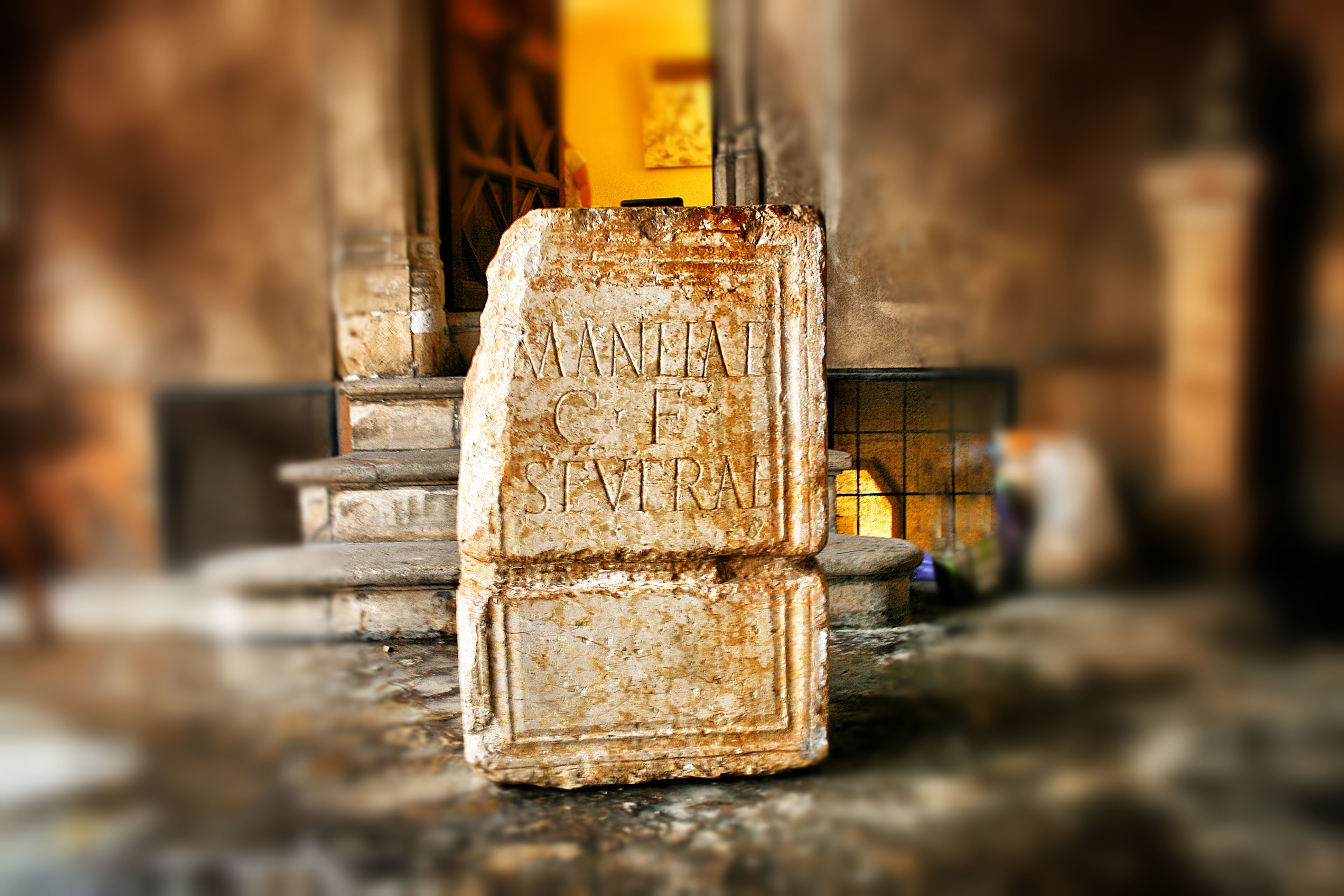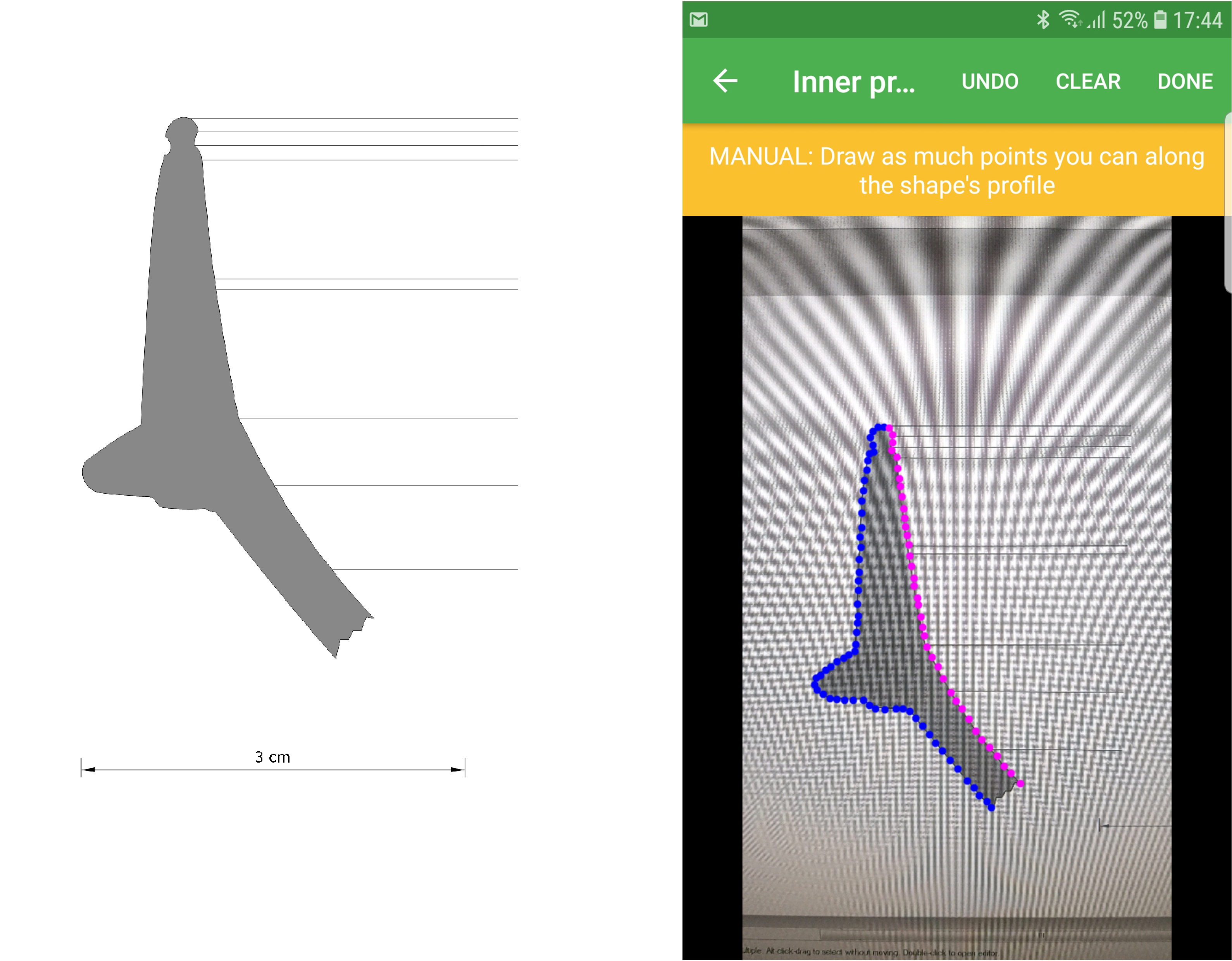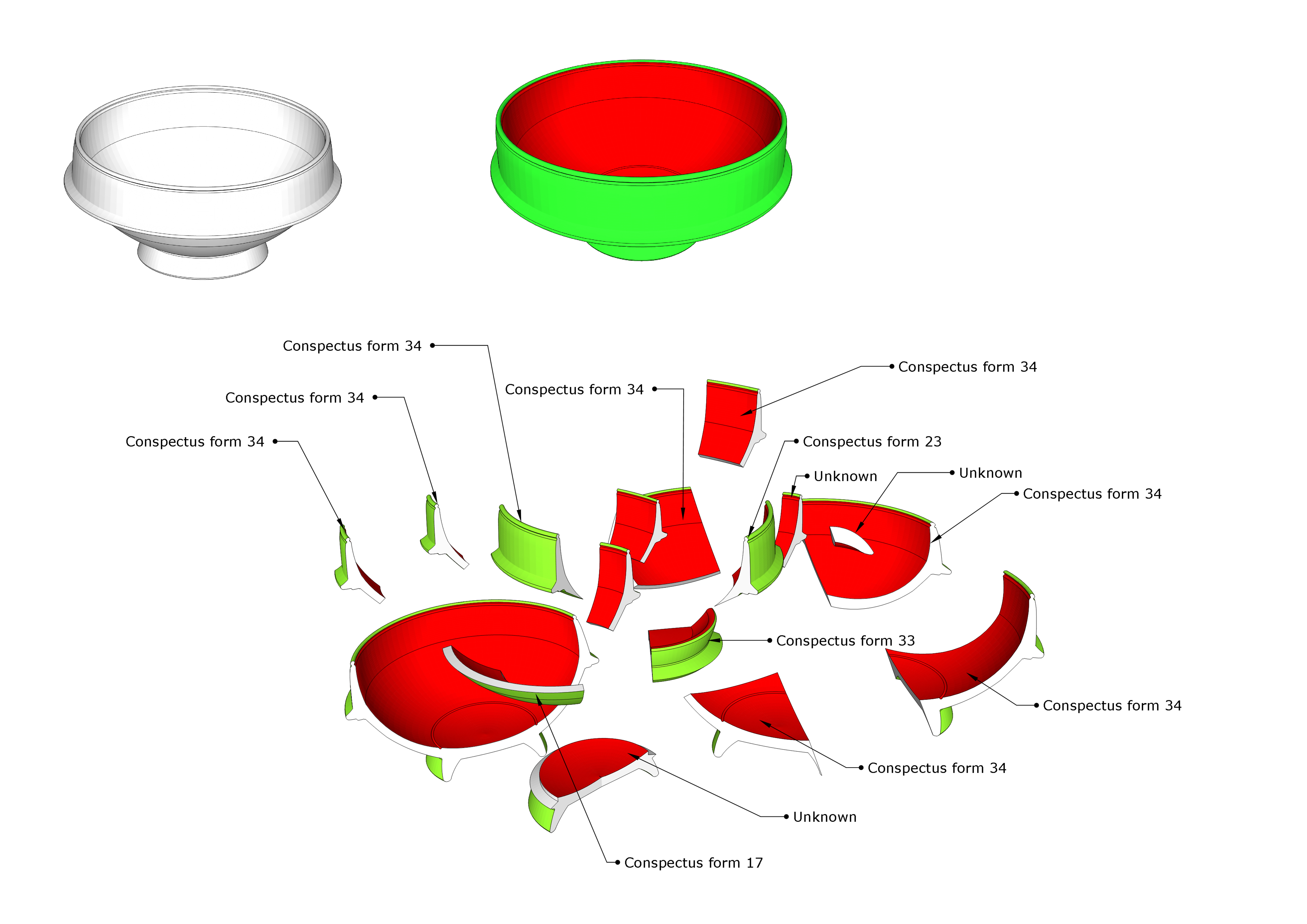
These days we’re testing the ArchAIDE app for the identification of TSI recovered in the last archaeological campaign carried out in the Roman city of Pollentia (northeast Mallorca). In this case, the app is being tested using real archaeological sherds, and checking if the results are correct. So far so good. Anyways, we’ve found a slightly different way to benefit from the app. In this new case, we deal with the findings of an urban archaeological excavation that was finished a couple of years ago and, consequently, all the materials were already submitted to the local Museum. Among other findings (Figure 1), a set of TSI was recovered. Unfortunately, at that time most of the TSI fragments were not properly identified. Now we can use the ArchAIDE app for the identification of those fragments that were then labelled as TSI unknown type. In this case the app is used not on real sherds (because the fragments are already stored in the premises of the local Museum), but on the drawings of those materials (which we still have since they were published in the final report).

Thus, we’ve applied the shape recognition mode of the app on the 2D drawing (Figure 2). Once scaled, we use the manual mode to draw points along the extern and inner profiles. The results suggest that the shape corresponds to a Conspectus form 34, which actually makes sense with the chronology of the stratum where the sherd was recovered. From this point on, we’ve been able to restitute the whole shape using the images of the dataset provided by the app and, afterwards, generate a 3D model of the vessel. Finally, the vessel has been broken down into random sherds (using TIG-fracture plug-in for Sketchup) which have been used for continuing the testing (Figure 3).
